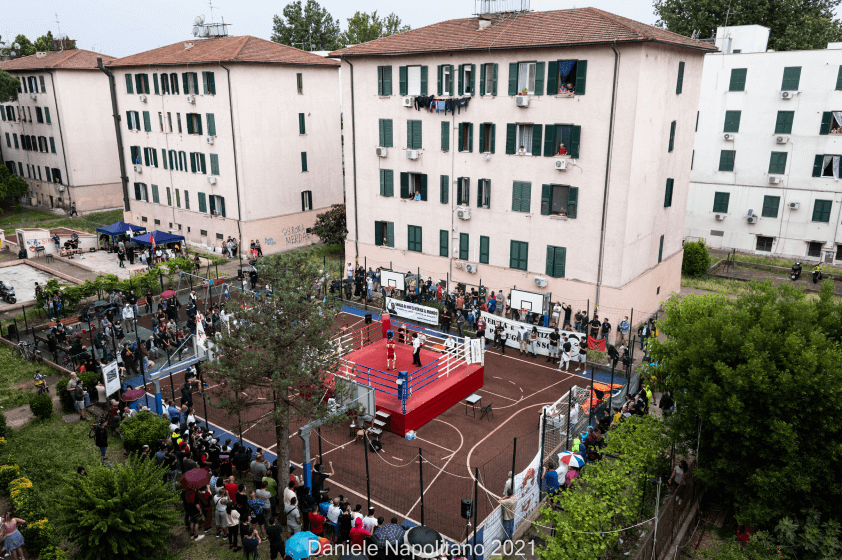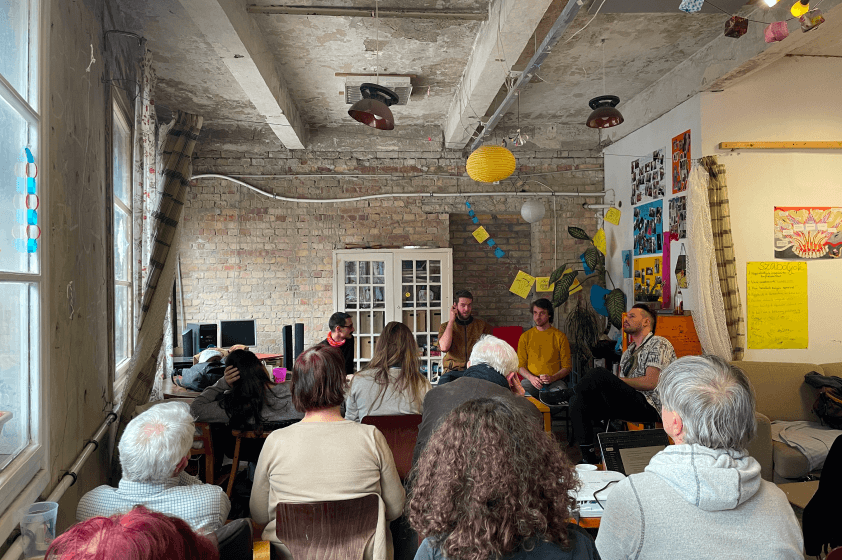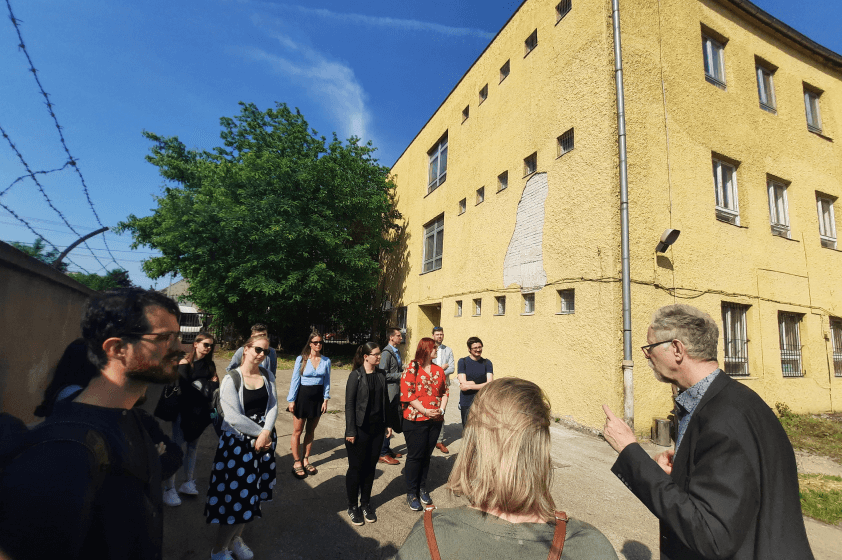This pilot will strengthen social cohesion in a rural setting by overcoming challenges connected to the information gaps, administrative barriers and the development of effective business models.
What are your aims?
Our energy community is a pioneer in our region. We support our local community by sharing energy from renewable sources between all members. In doing so, we strengthen the independence within the community, actively contribute to the energy transition, and support our local businesses.
How would you describe the context of your pilot?
The village of St. Margarethen-Lebring is a municipality with 2,300 inhabitants. The initiators are a community-based association that focuses on energy efficiency in the community, so called e5-Municipality.
The energy community was founded at the end of 2023, after a relatively short planning phase of around six months. The energy exchange with the founding team began in January 2024. The population was then invited to participate and there are now more than 60 members, with a strong upward trend.


What are your main messages you want stakeholders to know about your pilot?
- With a small core team, you can get many people excited about energy communities. People like joining community projects, but it needs a core team of drivers who actively care about the community and its targets.
- Increase regional energy independence and receive energy from neighbours instead of relying on large corporations.
- Energy communities create a win-win-win situation. They strengthen the local community, do something positive for the environment and future generations, and save electricity costs.
What are the challenges of this pilot and why?
Although the legal basis for renewable energy communities has been in place since 2021, there are still many legal and tax uncertainties. The involvement of external experts in the electricity industry, law and taxes is absolutely essential. Energy communities are a new legal construct and there are therefore many uncertainties and reservations among the population. Pioneering projects with a role model effect are needed to achieve broad acceptance.
Another huge challenge is the administration and billing of energy volumes, as well as contract management for the large number of members. We use the software from our service provider So-Strom. Without the digital processes, it would not have been possible to set up the energy community in terms of time and effort. A major new planned step is the investment by the population in a joint photovoltaic generation plant. Planning for this is currently underway.
Who are your stakeholders?
In addition to the core team, this includes funding agencies and the municipality for financial support in the start-up phase, the population of Lebring-St. Margarthen and So-strom, our software service partner who supports the administration and billing.



What is the expected impact of your pilot, locally, nationally or even EU-wise?
With a small core team, you can get many people excited about renewable energy communities. In this way, the economic, ecological and social benefits of energy communities can be made tangible. This is the future – a groundbreaking innovation in the transition to renewable energies, regionally self-determined and independent of large corporations.
What interventions, co-designs processes are planned for building and sustaining your energy community?
The energy community is well received by the population and new members are joining all the time. The community is experiencing healthy growth. An investment by the population in a joint photovoltaic system is currently being planned. This is unique in the province of Styria.







